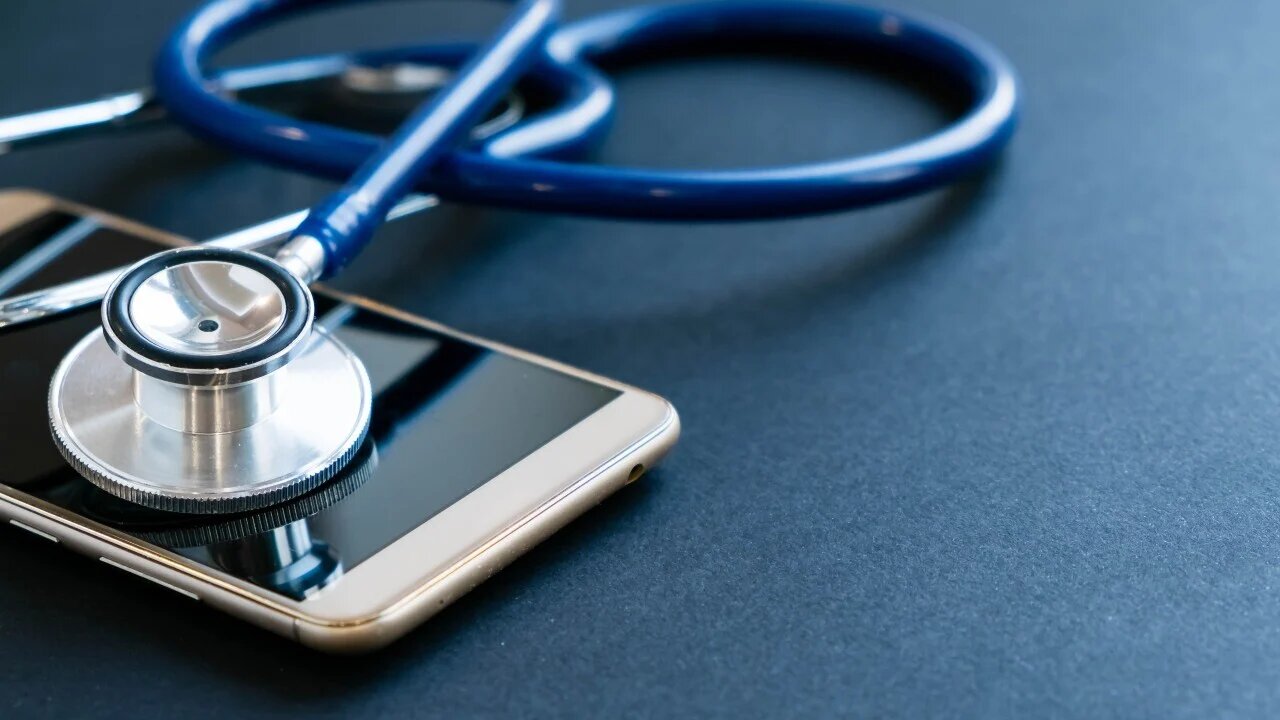Water damage is one of the most common and destructive issues affecting smartphones. Whether it’s a spilled drink, an accidental drop in the sink, or unexpected exposure to rain, water can cause serious problems ranging from malfunctioning buttons to complete device failure. Many users wonder if phone diagnostic software can detect water damage and help them take necessary action before the issue worsens.
In this article, we’ll explore how phone diagnostic software can assist in identifying water damage, the limitations of software-based diagnostics, and how Phone Clinix can help users assess and address potential water-related issues.
How Water Damage Affects a Smartphone
Water exposure can lead to various hardware and software malfunctions, including:
- Screen issues: Unresponsive or flickering display, discoloration, or ghost touches
- Battery problems: Rapid draining, overheating, or failure to charge
- Speaker and microphone damage: Muffled sound or complete audio failure
- Short-circuits: Internal component failure due to moisture in the circuits
- Connectivity issues: Malfunctioning Wi-Fi, Bluetooth, or mobile network signals
While physical signs of water damage (such as corrosion, foggy cameras, or visible moisture under the screen) may be evident, software-based diagnostics can provide further insights into potential internal damage.
Can Phone Diagnostic Software Detect Water Damage?
While phone diagnostic software cannot directly detect the presence of water inside a smartphone, it can identify symptoms caused by water exposure. These tools analyze the functionality of various components and highlight abnormalities that may indicate water damage.
1. Battery and Charging System Analysis
One of the first components affected by water damage is the battery. Diagnostic software can check for:
✔ Irregular voltage levels
✔ Abnormal charging speeds
✔ Overheating issues
✔ Reduced battery health
If Phone Clinix detects significant battery degradation shortly after water exposure, it could be a sign of internal damage.
2. Touchscreen and Display Testing
Water exposure can cause touchscreen issues, such as unresponsiveness or ghost touches. By running a touchscreen test, users can determine whether the display is functioning correctly.
How to test with Phone Clinix:
- Open the app and select “Touchscreen Test”
- Follow the on-screen instructions to check responsiveness
- Look for areas where the touch does not register properly
If the screen is acting erratically, moisture may have seeped into the display panel or digitizer.
3. Speaker and Microphone Diagnostics
Water can damage the internal speaker and microphone, leading to distorted sound, reduced volume, or complete audio failure. Phone Clinix offers a speaker and microphone test that checks:
✔ Audio clarity and volume levels
✔ Microphone responsiveness
✔ Stereo balance for left and right speakers
If audio quality is poor after water exposure, moisture may be trapped inside the speaker or microphone components.
4. Connectivity and Sensor Analysis
Water damage can also affect internal sensors and connectivity components. Phone Clinix can test:
✔ Wi-Fi and Bluetooth functionality
✔ Accelerometer, gyroscope, and proximity sensors
✔ Mobile network signal strength
If any of these components start malfunctioning after water exposure, internal circuits may have been compromised.
Limitations of Diagnostic Software in Detecting Water Damage
While phone diagnostic software is useful for identifying performance issues, it has limitations when it comes to detecting water damage:
- No direct moisture detection: Software cannot physically sense the presence of water inside the device.
- Cannot access internal corrosion: Water can cause corrosion over time, but software cannot inspect the internal components visually.
- Might not detect intermittent issues: Water damage can cause random malfunctions that are hard to pinpoint through diagnostics.
How to Check for Water Damage Manually
If you suspect water damage, you can manually inspect the device by:
✔ Checking the Liquid Contact Indicator (LCI): Most smartphones have a built-in LCI inside the SIM tray or battery compartment. If the indicator turns red or pink, water has entered the device.
✔ Looking for condensation: Fog inside the camera lens or moisture under the screen can indicate water exposure.
✔ Inspecting for corrosion: Green or white residue around charging ports and buttons may be signs of water damage.
What to Do If Your Phone Has Water Damage
If Phone Clinix or manual checks indicate potential water damage, take the following steps:
1. Turn Off the Device Immediately
Keeping the phone on can cause short-circuits. Turn it off and avoid pressing any buttons.
2. Remove Accessories and SIM Card
Take out the SIM card, memory card, and any connected accessories to prevent further damage.
3. Dry the Phone Properly
- Do NOT use a hairdryer or heat source, as excessive heat can damage internal components.
- Use silica gel packets to absorb moisture if available.
- Leave the phone in an open, dry place for at least 24-48 hours.
4. Run Diagnostics Again
Once the phone is completely dry, use Phone Clinix to run another diagnostic check to see if any components are still malfunctioning.
5. Seek Professional Repair If Needed
If your phone continues to experience issues, visit a repair service to have it professionally inspected and cleaned.
Why Use Phone Clinix for Water Damage Diagnosis?
Phone Clinix is a powerful phone diagnostic software that helps users detect and troubleshoot potential water damage issues. It provides:
✔ Comprehensive hardware and performance analysis
✔ Easy-to-use tests for battery, display, speakers, sensors, and connectivity
✔ Instant diagnostic reports to help identify issues quickly
✔ Guidance on necessary repairs or actions to take
By using Phone Clinix, you can assess your device’s condition after water exposure and take preventive measures before further damage occurs.
Final Thoughts
While phone diagnostic software cannot directly detect water inside a smartphone, it can analyze affected components and identify abnormal performance. Phone Clinix offers valuable diagnostic tests to help users check for water-related damage and decide on the next steps for repair or maintenance.
If your phone has been exposed to water, act quickly by turning it off, drying it properly, and running a diagnostic test with Phone Clinix. By detecting issues early, you can potentially save your device from further damage and avoid expensive repairs.



